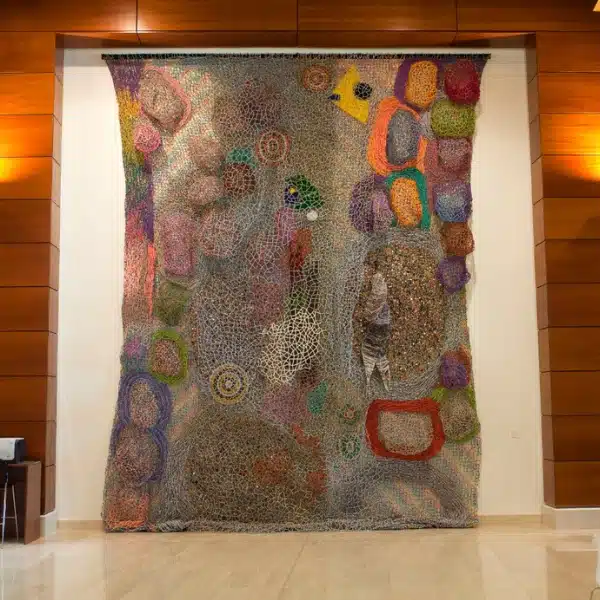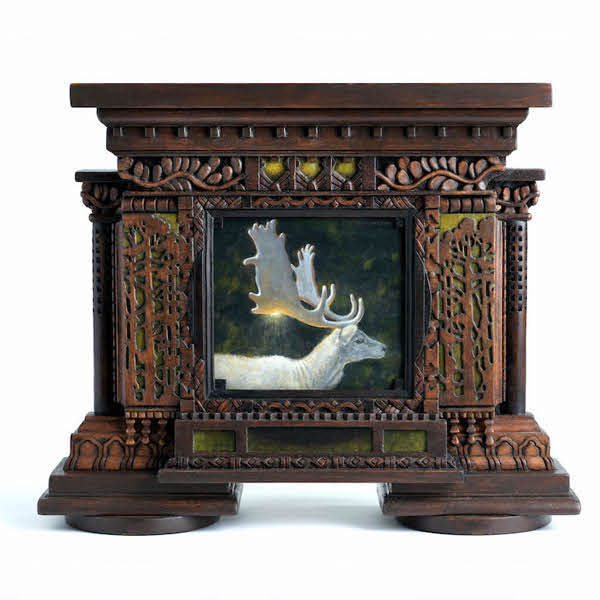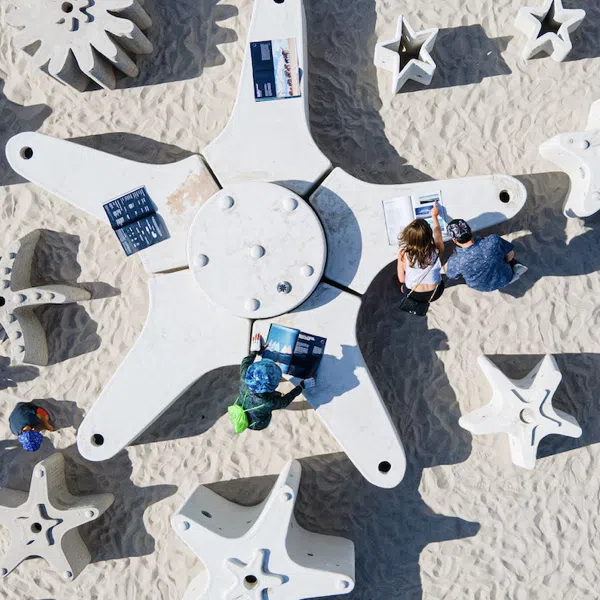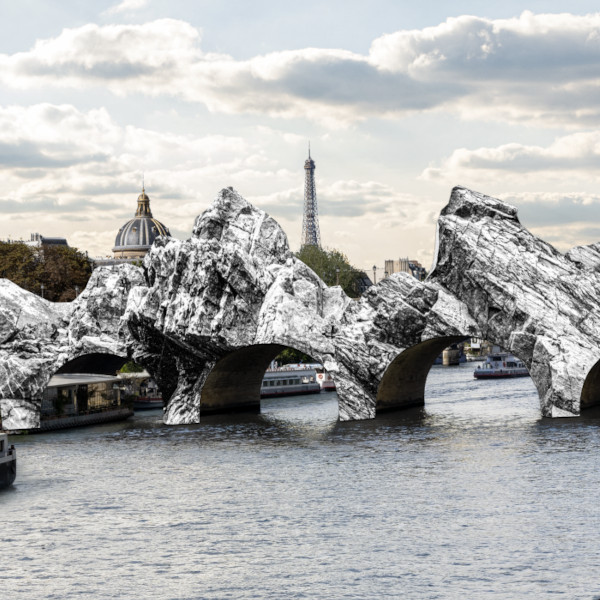
To really appreciate Greg Payce’s artwork, you’ve got to read between the lines—or in this case, look between the vases. In 2008, the Canadian ceramicist created an alluring sculptural arrangement called Alumina, in which seven ornate vases stand in a line on a concrete platform. They are assembled in a graceful, alternating pattern of slender and bulbous forms that together, bring his work alive.
The magic of Alumina comes from the optical illusion that it produces. Payce has created a three-dimensional representation of Rubin’s vase, in which a figure (often a face) is revealed through the edges of two forms. Here, the negative space between the vessels produces silhouettes of six female portraits, bringing a whole other facet to the work.
Above photo credit: Grace Nickel
Alumina is just one piece in Payce’s impressive portfolio—much of his work animates negative space in the same way:







via [Twisted Sifter]
























































































